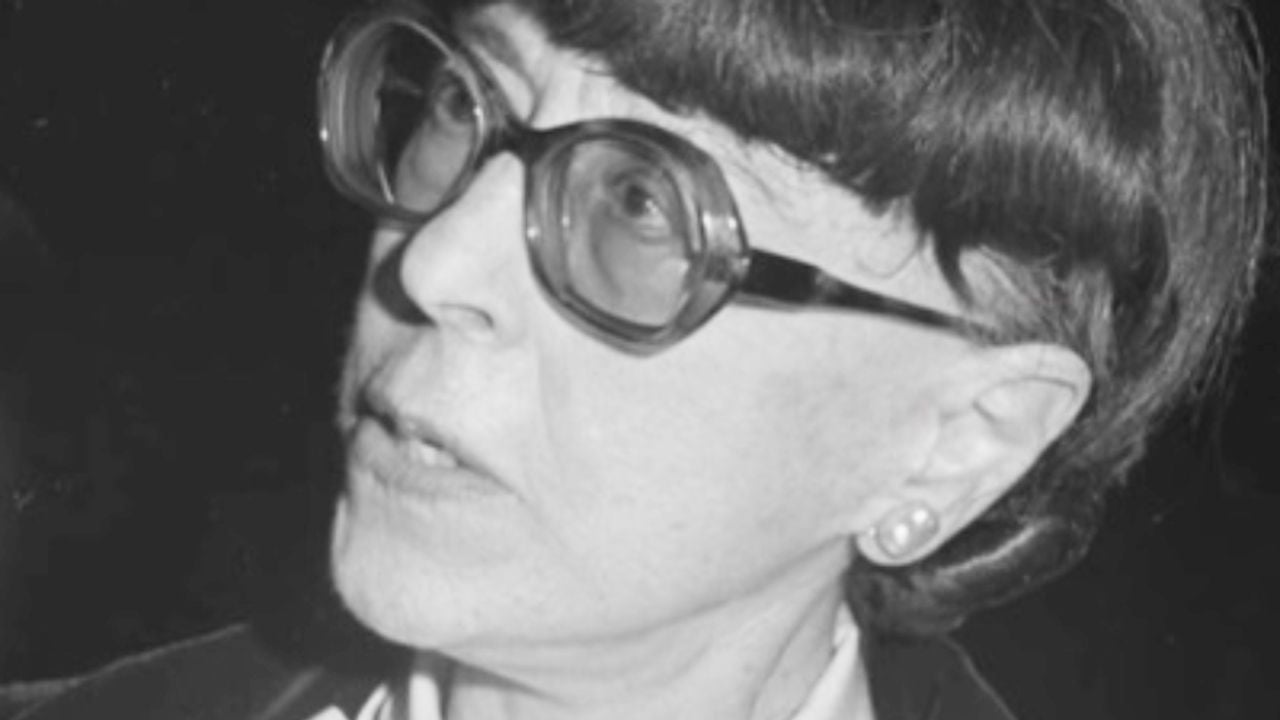Onyx septal embolization has already been performed in Brazil, and is an alternative for patients with heart problems that limit the routine
Just before the Covid-19 pandemic, Rudi Raupp Maia, who works in logistics, was 31 years old and focused on work, mainly on career growth. Suddenly, he started to feel a little tired and breathing hard, but he thought it was only due to lack of physical activity and the cigarette, as he had recently given up the bad habit. At the insistence of his wife he underwent a check-up and the electrocardiogram caught the attention of the cardiologist. Complementary tests revealed a genetic problem known as asymmetric hypertrophic cardiomyopathy, when the heart grows in a disorderly way, becoming larger than normal.
html[data-range=”xlarge”] figure image img.img-a2751bd67e667dfce49a3409bd96792f0knas7x9 { width: 774px; height: 463px; }HTML[data-range=”large”] figure image img.img-a2751bd67e667dfce49a3409bd96792f0knas7x9 { width: 548px; height: 328px; }HTML[data-range=”small”] image figure img.img-a2751bd67e667dfce49a3409bd96792f0knas7x9, html[data-range=”medium”] figure figure img.img-a2751bd67e667dfce49a3409bd96792f0knas7x9 { width: 564px; height: 337px; }
As soon as he discovered the problem, Rudi started taking continuous medications, but the situation worsened and the daily limitations became too great. To get out of bed, he needed to be still for two minutes to regain his balance. Cleaning the house was unthinkable. Therefore, in addition to the medication, he underwent surgery in which a defibrillator was implanted, useful for patients at risk of sudden death. His task is to stop the arrhythmia as soon as it is detected. The situation was so complicated that his job was already completely compromised.
Techniques to improve the quality of life
“Rudi’s problem was quite serious and severely limited his daily activities. The initial idea was to perform a percutaneous alcoholization of the septal branch,” explains the cardiologist at Marcelino Champagnat hospital, Rômulo Torres, who started looking therapeutic alternatives that would guarantee a better quality of life for the patient. In this technique, absolutely sterile alcohol is injected into the septal branch of the coronary artery, resulting in an infarction in the problem region of the heart. While the technique is quite common, it does carry some risks, as the material is toxic and can cause immediate complications within the coronary artery and even be absorbed.
“But just before scheduling the procedure, I discovered a new technique, pioneered in Brazil, called Septum embolization with onyx. It carries less risk to the patient, because the procedure uses a special glue that results in a more controlled occlusion of the septal branch. The material is neither toxic nor absorbed by the body, therefore the risks for the patient are lower and healing is faster”, underlines the cardiologist. “The part that was larger than the heart has become a scar and has reduced its size and thickness, making the blood transit more adequately within the heart, facilitating cardiac work”, he adds.
Improved well-being
Because asymmetric hypertrophic cardiomyopathy cannot be cured, even with procedures, patient follow-up is constant. But the quality of life of Rudi, now 35, has already improved significantly. “A little over a month has passed since I had the surgery, and immediately afterwards I already felt an improvement. In a short time, even the people who live with me noticed it. The time was unimaginable”, he says.
Septum embolization with onyx
Hypertrophic cardiomyopathy is among the leading causes of death from heart disease, especially among young people. Therefore, discovering a new alternative for treatment is so important. In Brazil, septum mobilization with onyx has already been performed in the state of Espírito Santo, in 2021, and also in Rio Grande do Sul, in 2022.
Onyx septal embolization is a minimally invasive procedure that can be performed in the hemodynamics laboratory. There, a catheter is introduced into the artery until it reaches the site requiring treatment. This access can be through the groin or wrist artery. No general anesthesia is required, only local, with light sedation and analgesia.
Source: Terra
Ben Stock is a lifestyle journalist and author at Gossipify. He writes about topics such as health, wellness, travel, food and home decor. He provides practical advice and inspiration to improve well-being, keeps readers up to date with latest lifestyle news and trends, known for his engaging writing style, in-depth analysis and unique perspectives.








